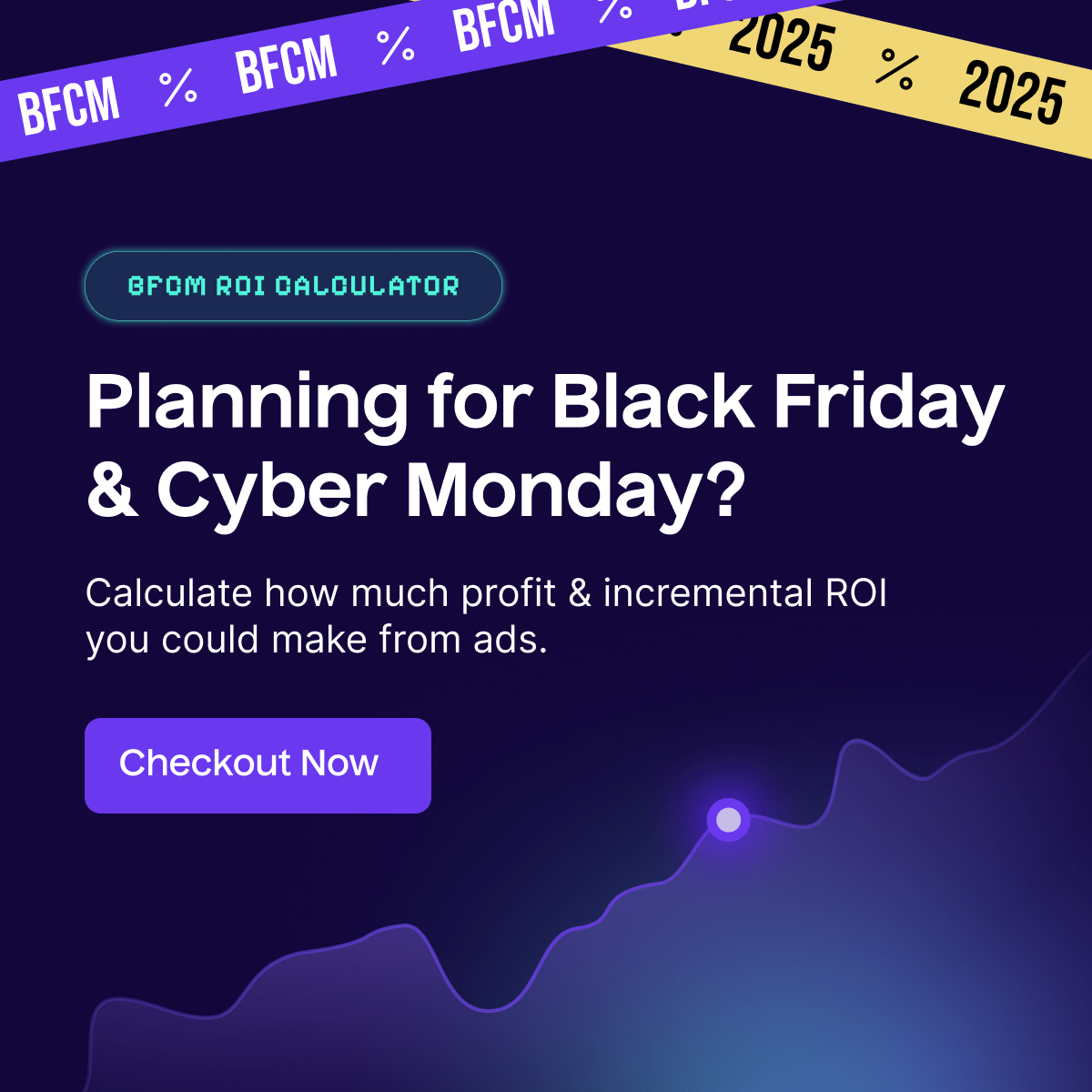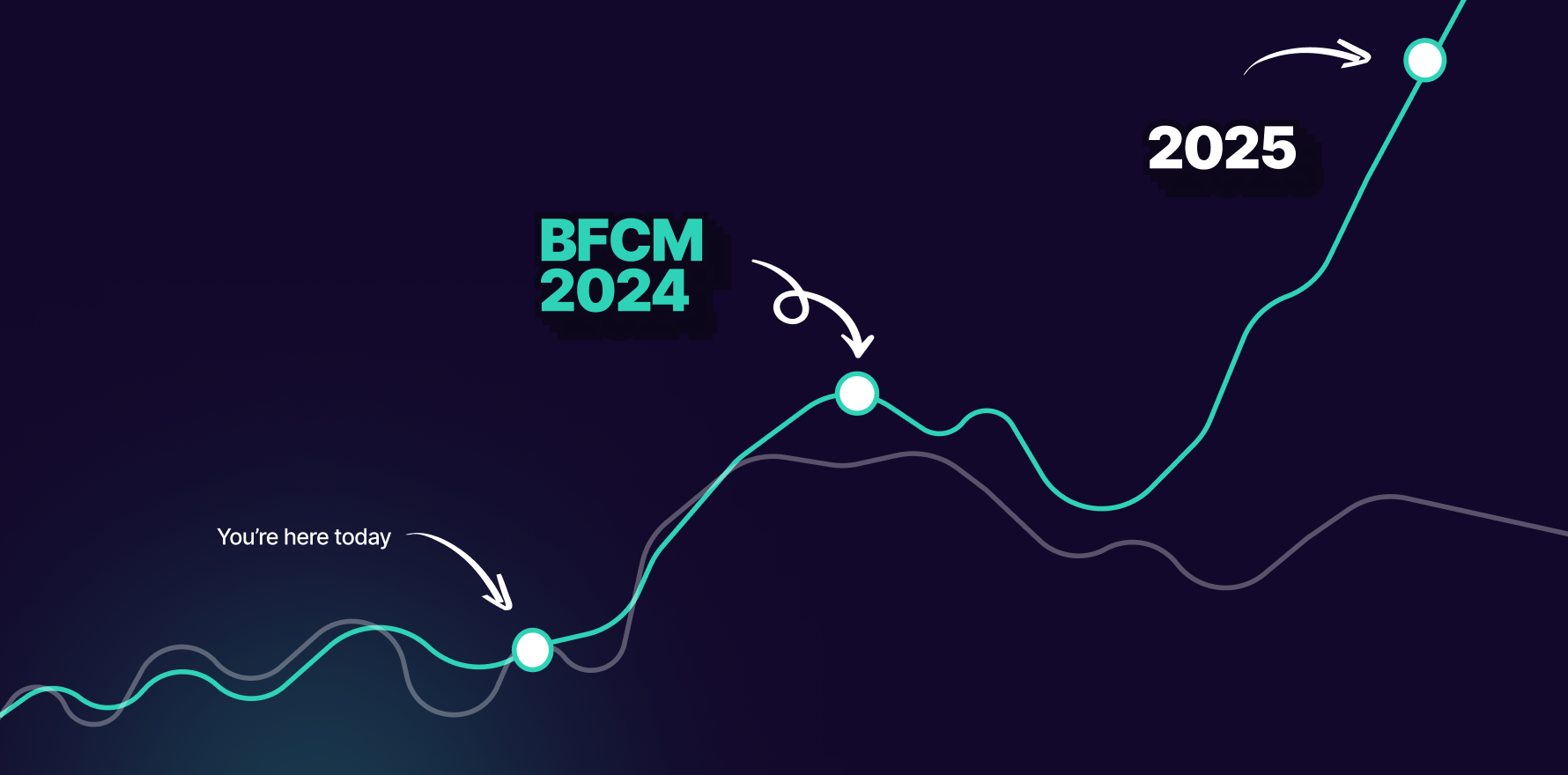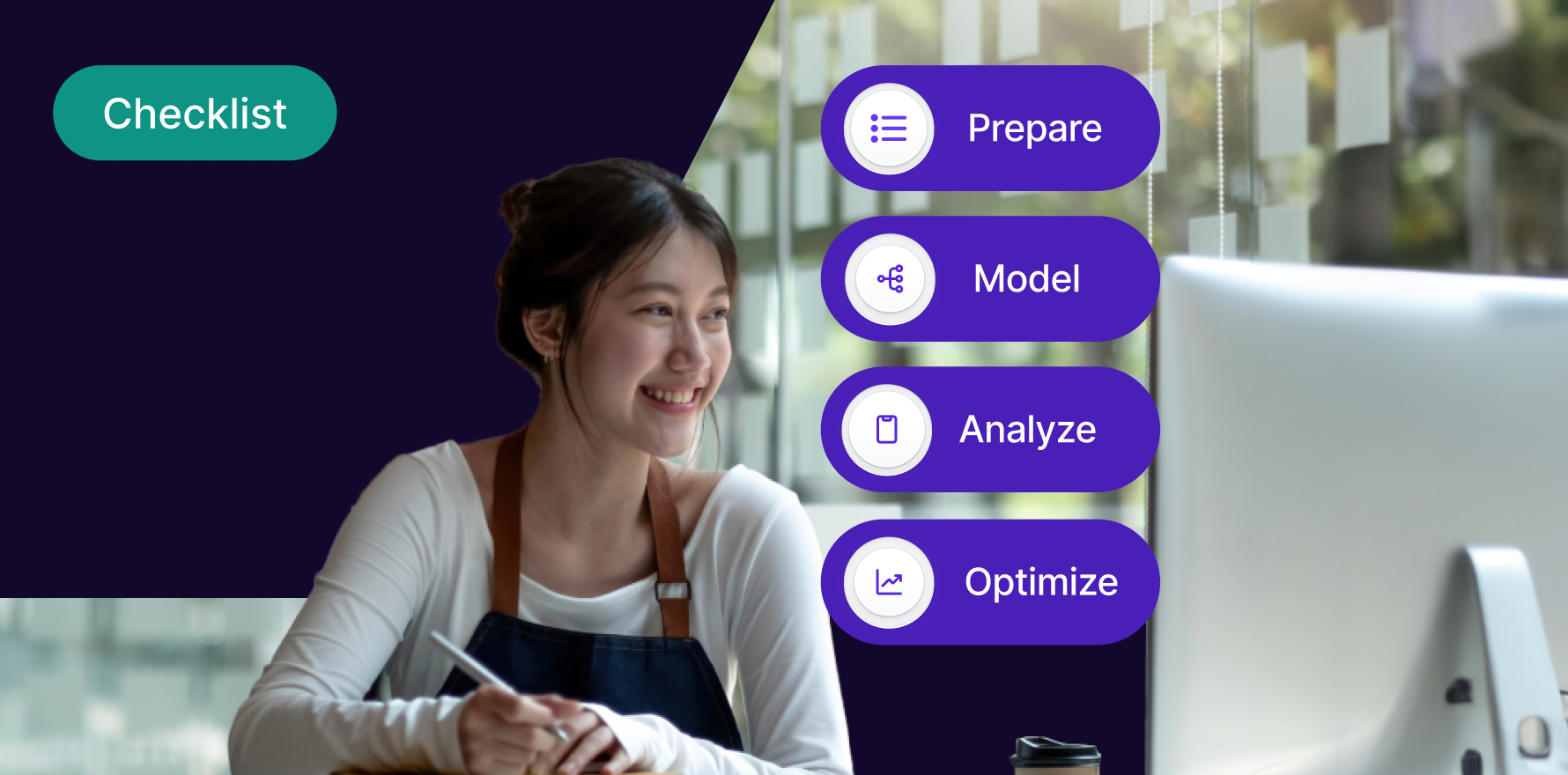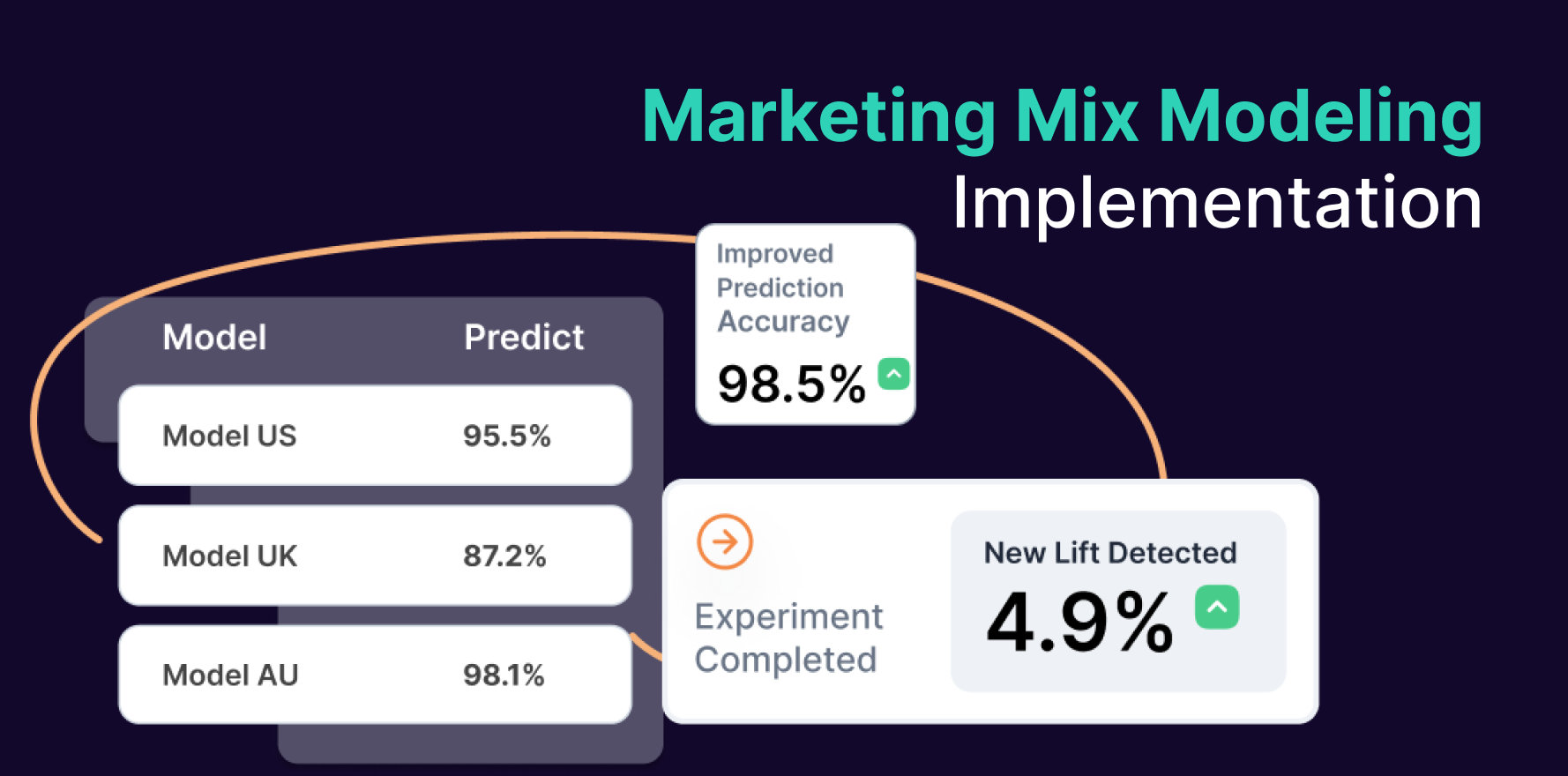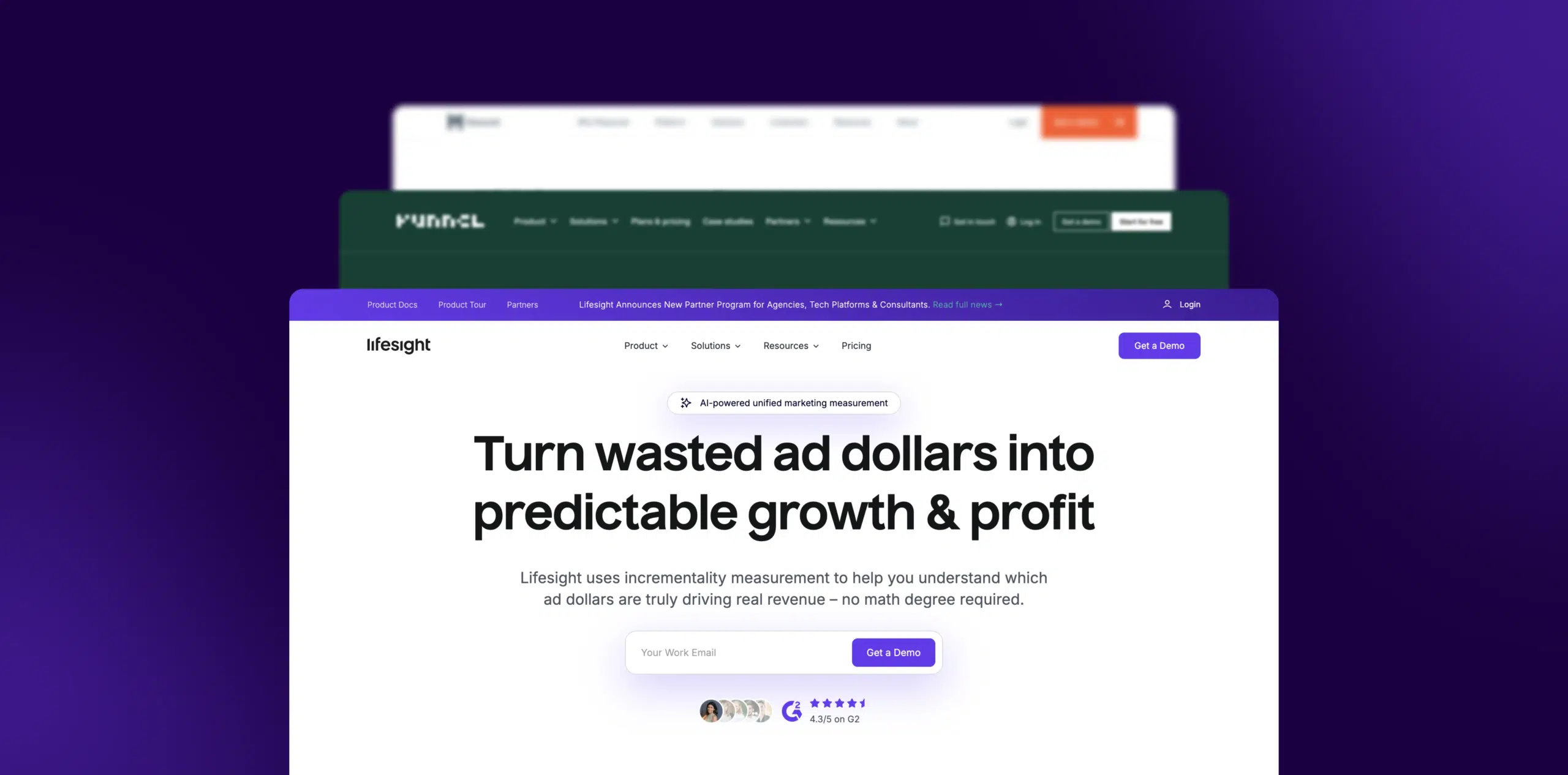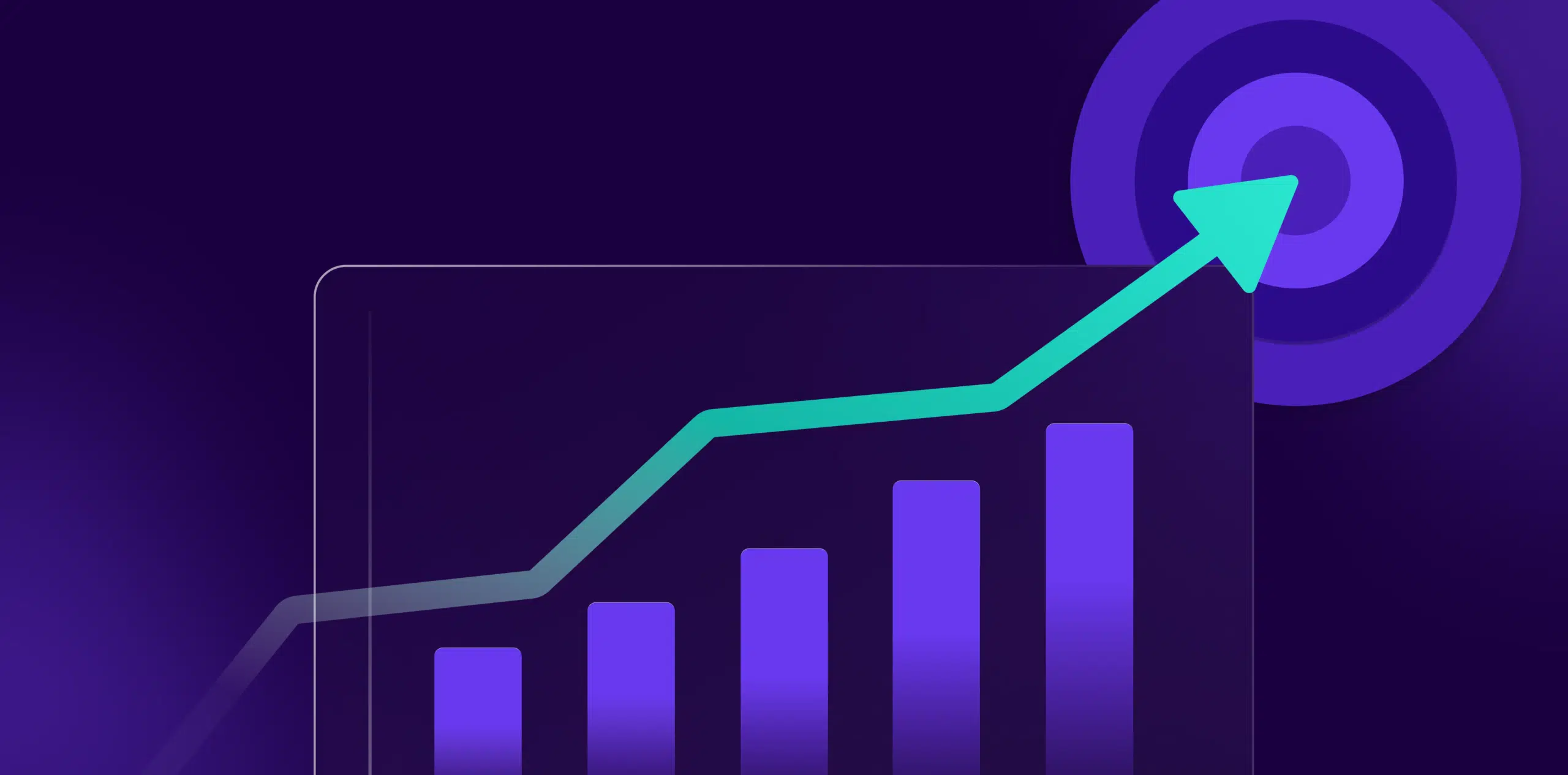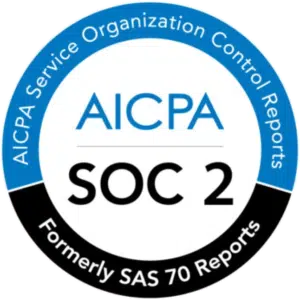What is Average Session Length?
Ecommerce operates on the premise of establishing a healthy branding operation in the digital arena. In this space where customer engagement is vital, Average Session Length forms a crucial firmament in analyzing the user’s on-site behavior. Average Session Length refers to the average amount of time spent by a user on your website during a single session.
Formula
Average Session Length = Total duration of all sessions / Total number of sessions.
Example
Consider an ecommerce website that records a total of 500 minutes across 50 sessions in one day; the Average Session Length would be 500 minutes/50 sessions, resulting in an Average Session Length of 10 minutes per session.
Why is Average Session Length important?
The Average Session Length plays a vital role in understanding user engagement. A longer average session indicates that users, on average, find your content and products enticing and spend substantial time exploring them. It means that your website is effectively engaging users, a key aspect often leading to increased conversions and sales, ultimately affecting your store’s bottom line.
Which factors impact Average Session Length?
- Several elements could affect the Average Session Length, such as:
- Quality of Website Content: Engaging, appropriate content can complement users’ search queries, leading to higher session times.
- Site Design: A well-designed, easy-to-navigate website promotes longer browsing.
- Page Load Time: Slow-loading pages can cause visitors to abandon the site, reducing session times.
- User Intent: Visitors with a clear buying intent tend to spend more time on the site.
- Platform Used: Users might stay longer on desktops due to easier navigation compared to mobile devices.
How can Average Session Length be improved?
- Enhance the website design to improve user-friendliness and navigate easily.
- Offer unique, engaging, and relevant content to grab users’ attention.
- Improve website speed to avoid visitors abandoning the site due to sluggish loading times.
- Implement clear, compelling calls-to-action that lead users towards desired outcomes.
- Optimize your site for mobile use, as a significant portion of ecommerce traffic comes from mobile devices.
What is Average Session Length’s relationship with other metrics?
Average Session Length holds a significant correlation with other ecommerce metrics like Bounce Rate, Pages per Session, and Conversion Rate. A longer Average Session Length could correspond to a reduced Bounce Rate and higher Pages per Session, typically implying that visitors are finding the site’s content useful. Additionally, a prolonged session could potentially lead to a higher Conversion Rate, as users are likely to make a purchase after spending time investigating and comparing products.
Free essential resources for success
Discover more from Lifesight
